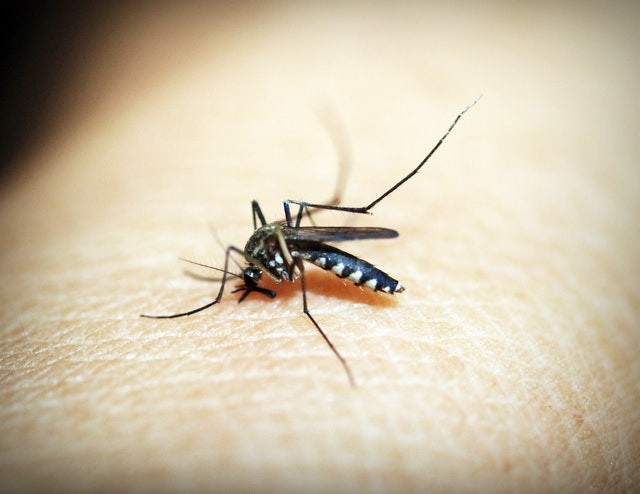A new study led by the University of Washington researchers recently showed that common species of mosquitoes, following the detection of telltale gas humans breathe out, are flying towards specific colors.
An Outbreak News Today report specified that beating mosquito bites "this spring and summer" could hinge on an individual's attire and his skin, emphasizing red, orange, black, and cyan as the specific colors these insects are flying to.
Essentially, mosquitoes ignore other colors like blue, white, purple, and green. The study authors believe such findings help explain how these insects are finding hosts since the skin of humans, regardless of overall pigmentation, produces a strong red-orange signal into their eyes.
In a UW News report, UW biology professor Jeffrey Riffel said mosquitoes appear to use smells to help them identify what is nearby, like a host to bite, in particular.

Mosquito Behavior Studied
The researchers observed the behavior of female yellow fever mosquitoes known as Aedes aegypti when presented with different visual types and odor cues, Interesting Engineering reported.
As is the case in all species of mosquitoes, only females drink blood, but the A. aegypti bites can spread illnesses, including dengue fever, yellow fever, Zika, and chikungunya viruses.
The research team followed individual mosquitoes in miniature test changers sprayed with specific smells and featured different visual pattern types like a "tasty human hand" or a colored dot.
According to the Centers for Disease Control and Prevention, dengue viruses, in particular, are spread to people through the bite of an A. aegypti mosquito.
It is caused by one of four associated viruses, including Dengue viruses 1, 2, 3, and 4. Because of this, an individual can be infected with dengue as many as four times in his lifetime.
How Carbon Dioxide Influences Mosquitoes to Find Potential Hosts
Professor Riffel explained that when these mosquitoes smell specific compounds such as carbon dioxide coming from human breath, that particular odor stimulates the eyes to scan for specific colors and other visual patterns linked to a potential host and go towards them.
The findings, published in the Nature Communications journal, show how the sense of smell of mosquitoes called "olfaction" influences how a mosquito responds to visual hints.
Knowing which colors are attracting hungry mosquitoes and which ones don't can help develop better repellants, traps, and other approaches to keep mosquitoes at bay.
One of the most common questions he is asked is what to do to stop mosquitoes from biting, Riffel, senior author on the paper, said.
The 4th Cue
Riffel's answer then would be three major cues were attractive to mosquitoes. They included breath, sweat, and skin temperature.
However, in this research, they discovered a fourth cue: the color red, which can not just be found on the clothes but everyone's skin as well.
The shade of the skin does not matter, "we are all giving off a strong signature," he elaborated. Riffel added filtering out such attractive colors in the skin, or wearing clothes that avoid the said colors, could be another way to stop mosquitoes from biting.
Related information about how mosquitoes track hosts to bite is shown on Pattrn's YouTube video below:
Check out more news and information on Mosquitoes in Science Times.












